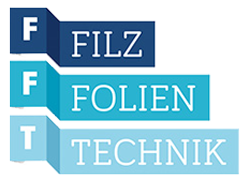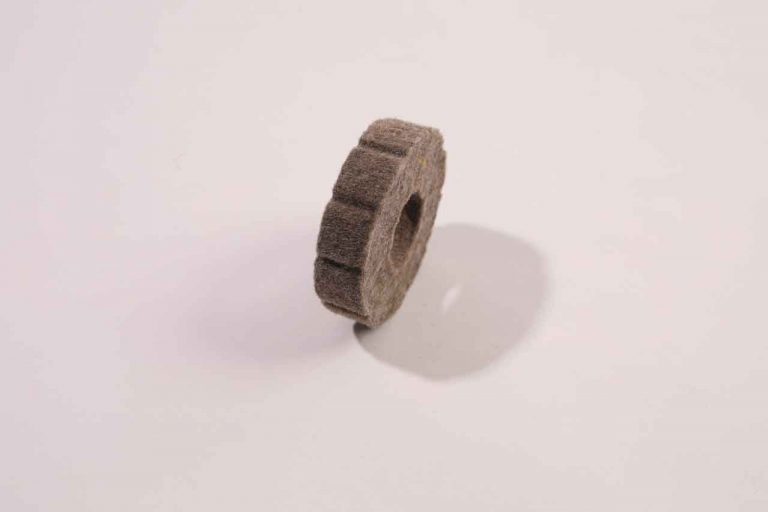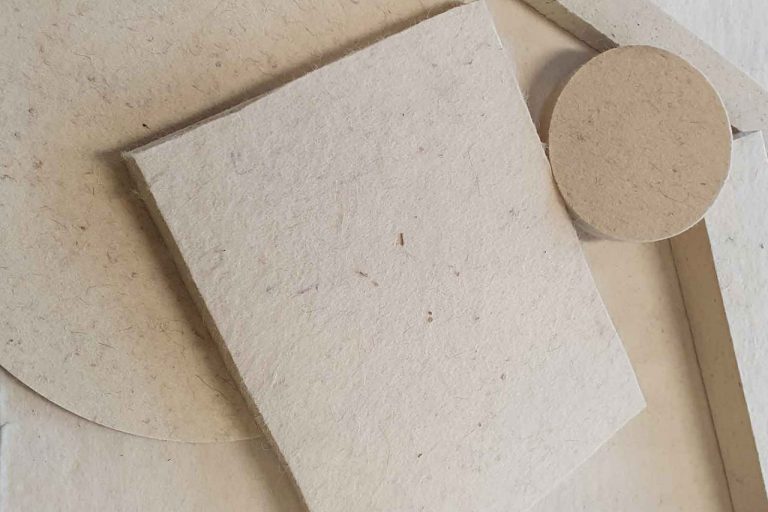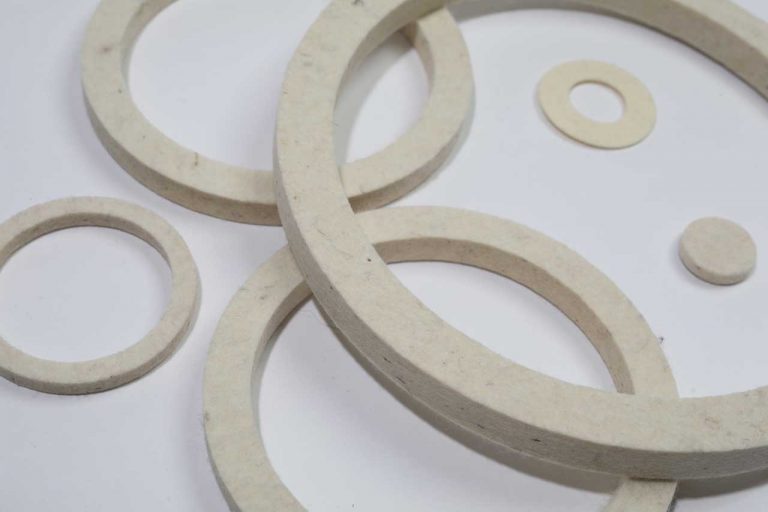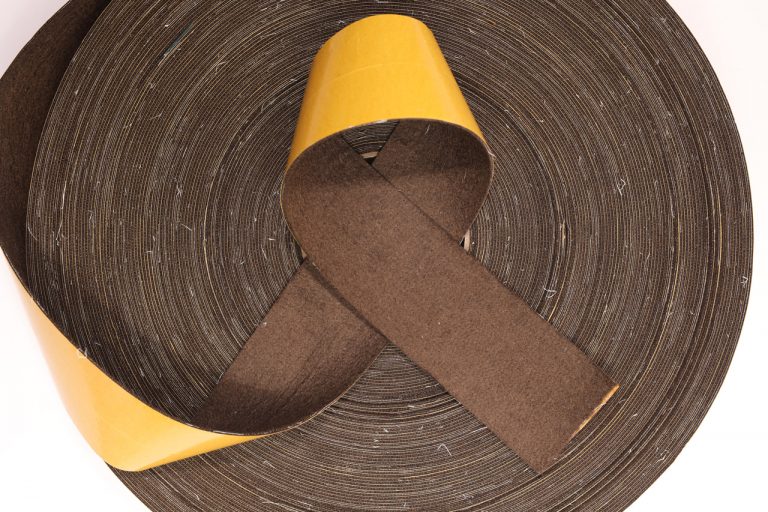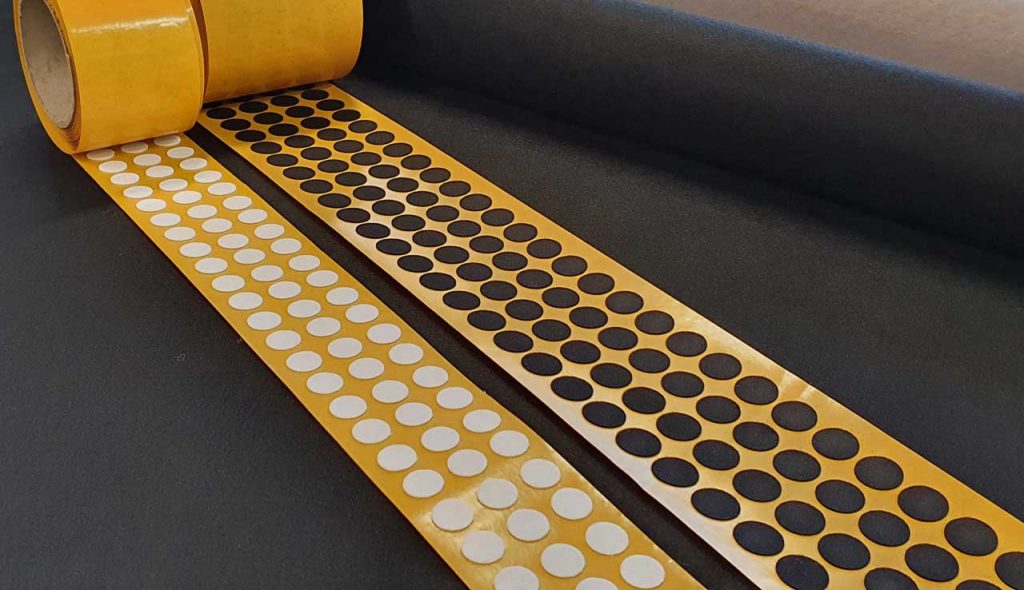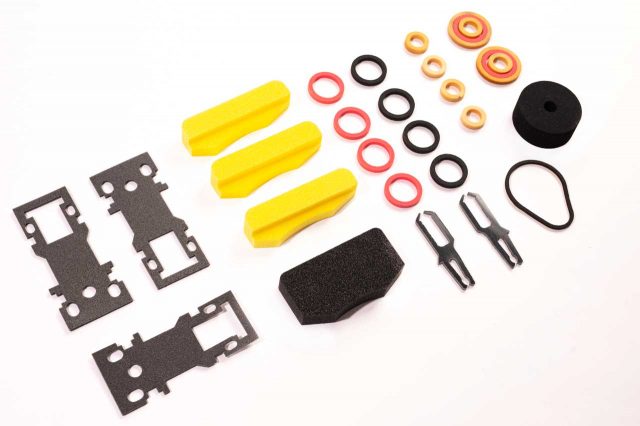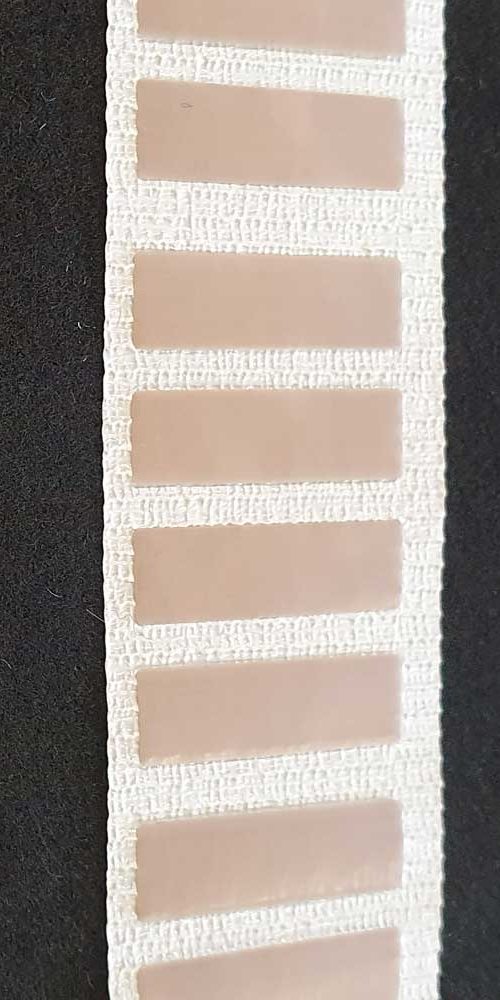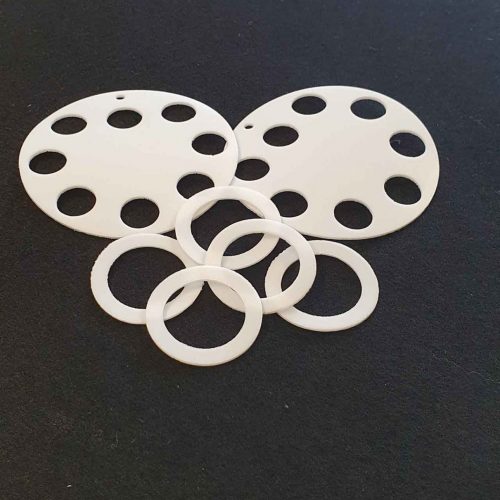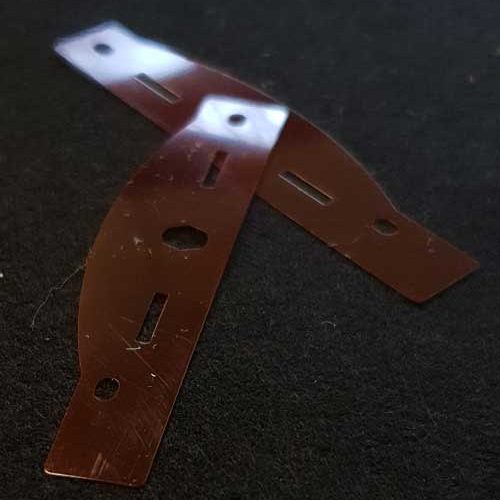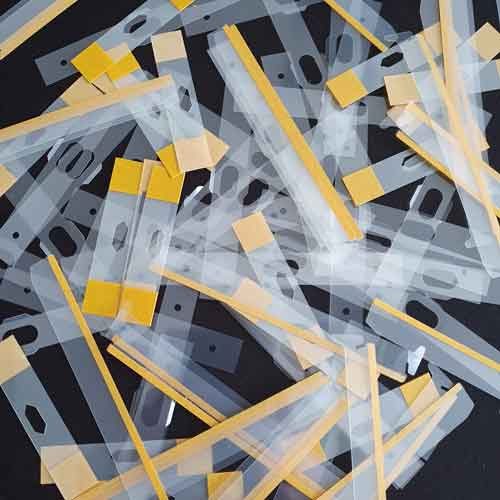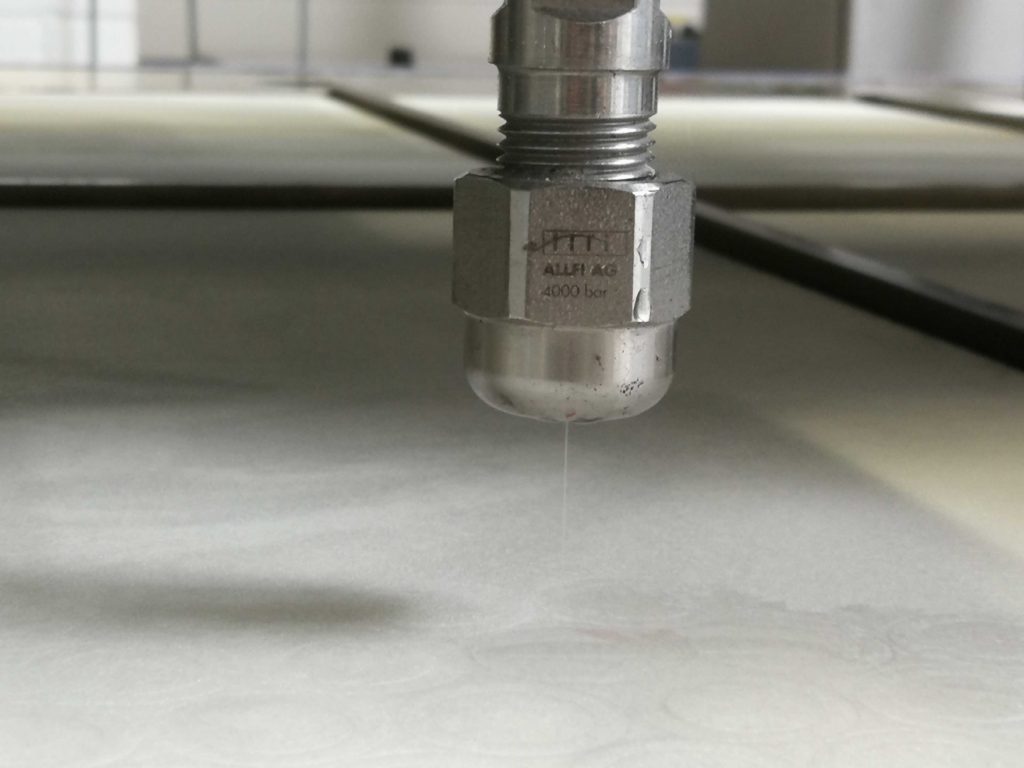FFT is an ISO-certified company manufacturing a comprehensive range of stampings and cuttings out of both rigid and flexible materials in practically all shapes and formats. We specialise in the precision manufacturing and reliable processing of rigid and flexible parts.
Our customers appreciate us because we provide them with expert advice, engage in open dialogue with them and offer an all-inclusive service. We adapt to new customer preferences and market requirements on an almost daily basis, and our reputation is founded on the excellent reliability, outstanding quality and dimensional precision of our products.
We assess technical feasibility in the quotation phase and suggest alternative materials at the customer’s request. Then, we collaborate with the customer to develop an optimum, tailored solution. Our waterjet cutting machine allows us to produce inexpensive prototypes without any tooling requirements. It also ensures that any necessary modifications can be made at low cost before the tool is engineered.
